Philippine Malapapaya Tree
- October 30, 2024
- 1 comment
The Philippine Malapapaya Tree, scientifically known as Polyscias nodosa, is a versatile and ecologically valuable tree native to the Philippines and other parts of Southeast Asia. Known for its resilience and unique appearance, the Philippine Malapapaya contributes significantly to the biodiversity of tropical forests.
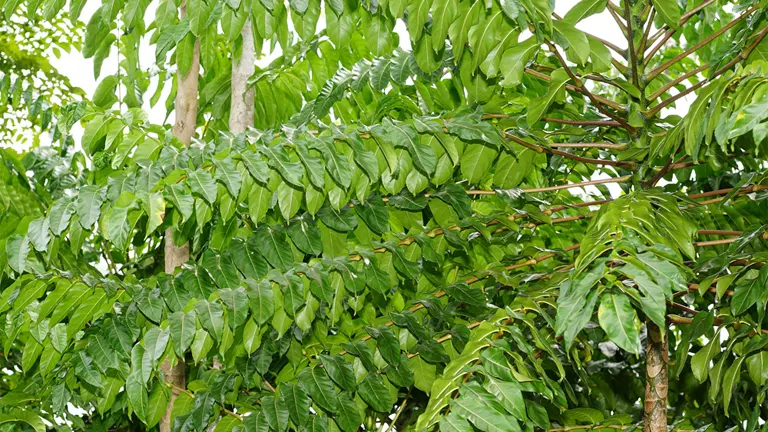
This tree plays an essential role in its ecosystem by providing habitat, stabilizing soil, and enhancing soil quality, supporting the diverse life forms found in these regions.
As part of the Araliaceae family, which includes various plants adapted to tropical and subtropical environments, the Philippine Malapapaya has a particular significance in biodiversity conservation, particularly in regions where deforestation and habitat loss are prominent concerns.
What Is a Philippine Malapapaya Tree?
The Philippine Malapapaya Tree, or Polyscias nodosa, is a small- to medium-sized tree species that thrives in tropical climates. Belonging to the Araliaceae family, this tree shares its family roots with other important tropical plants, making it well-adapted to warm, humid environments.
It is recognizable by its compound leaves, which grow in an alternate arrangement along the stem, and its umbrella-shaped canopy that provides shade and shelter.
Characteristics:
- Leaves: Compound and glossy, arranged alternately on the branches.
- Flowers: Small and typically greenish, they grow in clusters.
- Bark: Smooth and grayish-brown, adding to the tree’s aesthetic appeal.
One interesting aspect of the Philippine Malapapaya is its adaptability to varying soil types and environments. It plays an essential role in soil conservation and improvement, as it helps stabilize soil and prevents erosion, particularly in disturbed or deforested areas.
Philippine Malapapaya Tree Species
While Polyscias nodosa is the primary species referred to as the Philippine Malapapaya, the broader genus Polyscias includes several species that differ in size, foliage shape, and environmental adaptations. Some other species in the Polyscias genus commonly found in similar habitats include:
Polyscias Fruticosa
Known as Ming Aralia, smaller and often used as a decorative plant.
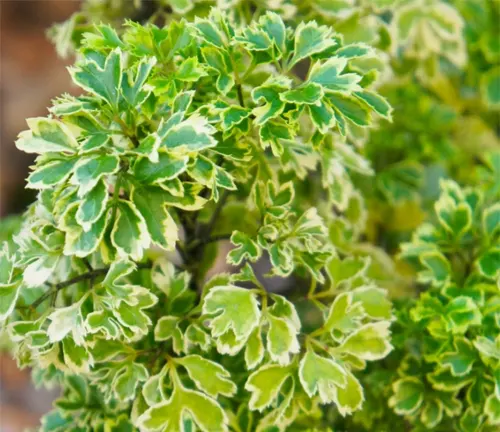
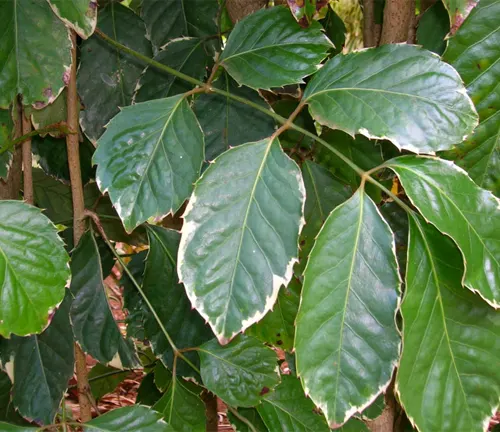
Polyscias Guilfoylei
With variegated leaves, this species is often cultivated for ornamental purposes.
These species, while varying in size and appearance, each offer unique ecological benefits such as shelter for wildlife, pollinator support, and soil stabilization. The Philippine Malapapaya stands out within its genus for its ability to adapt to various ecological niches and support local biodiversity.
Where Do Philippine Malapapaya Trees Grow?
The Philippine Malapapaya Tree naturally thrives in tropical rainforests, often found in Southeast Asia, including the Philippines. It grows well in humid, tropical climates with ample rainfall, although it can also survive in moderately dry conditions due to its adaptive nature.
Ecological Role in Its Environment
The Philippine Malapapaya Tree plays a vital role in tropical ecosystems by helping stabilize soils, which is particularly important in areas susceptible to erosion. Its wide canopy provides shelter and habitat for numerous animals, insects, and smaller plants that thrive beneath its shade, thus promoting biodiversity within its natural habitat.
How to Grow and Care for Philippine Malapapaya Tree
For those interested in cultivating the Philippine Malapapaya Tree, it can thrive in home gardens with a tropical or subtropical climate. Here are some essential tips:
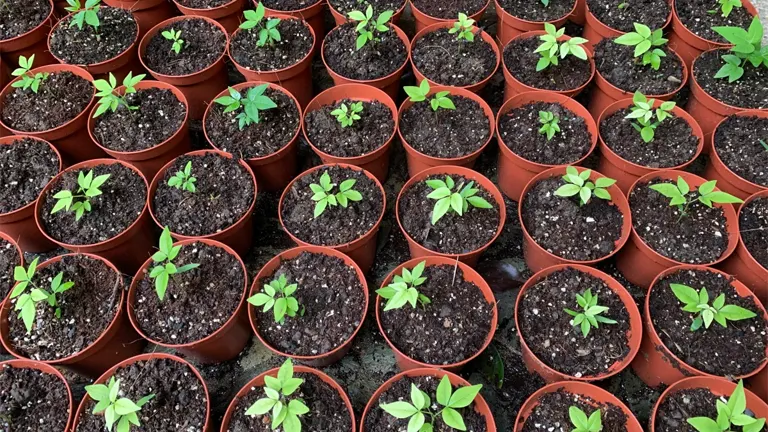
- Soil: Well-drained soil with a slightly acidic to neutral pH.
- Watering: Regular watering is necessary, especially during dry seasons.
- Sunlight: Prefers partial to full sunlight, though it can tolerate some shade.
- Propagation: This tree is usually propagated through seeds or cuttings, with seeds sown in well-drained soil.
Maintenance Tips:
To keep a Philippine Malapapaya Tree healthy, regular pruning of dead branches and leaves is recommended. This not only keeps the tree aesthetically pleasing but also promotes new growth. Routine checks for pests or diseases, along with appropriate organic treatments, can also help the tree thrive.
Ecological Benefits of Philippine Malapapaya Tree
The Philippine Malapapaya Tree offers numerous ecological benefits, making it invaluable in conservation efforts:
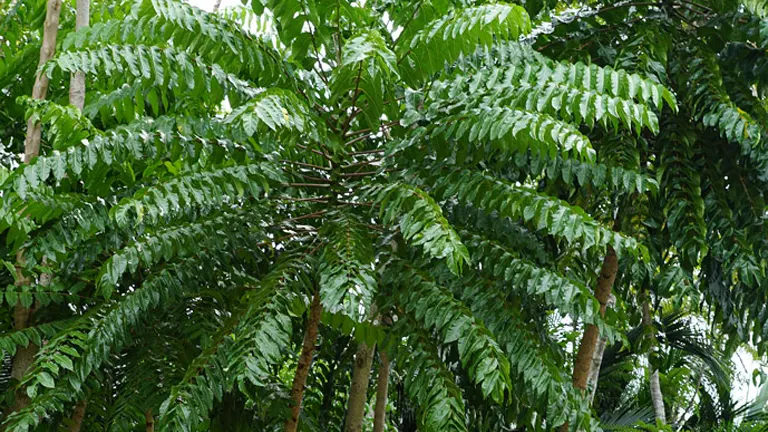
- Soil Stabilization: Its root system helps prevent soil erosion, especially in areas with disturbed soil.
- Soil Fertility: The tree contributes organic matter to the soil as leaves fall and decompose, enriching soil nutrients.
- Habitat Support: By providing shelter and nesting areas, the tree supports various bird and insect species, enhancing biodiversity.
Philippine Malapapaya Tree Flowering and Pollination
The Philippine Malapapaya Tree typically flowers in the warm season, with small, greenish blooms that grow in clusters. These flowers play a key role in local pollination processes, attracting insects such as bees, which are vital pollinators in tropical ecosystems.
Is Philippine Malapapaya Tree Drought-Tolerant?
The Philippine Malapapaya Tree exhibits moderate drought tolerance, an adaptation that allows it to survive short periods of dry conditions. However, for optimal growth, regular watering is recommended, as it flourishes in environments with ample moisture. This quality makes it a viable option for reforestation projects, where soil restoration and conservation are goals.
Philippine Malapapaya Tree and Wildlife Interactions
The Philippine Malapapaya Tree maintains symbiotic relationships with various local wildlife. Its broad canopy provides shade, and the tree serves as a nesting site for birds and shelter for small mammals. In return, animals like birds aid in seed dispersal, which supports the tree’s propagation across its natural habitat.
Conclusion
In conclusion, the Philippine Malapapaya Tree (Polyscias nodosa) stands as an ecological keystone within tropical forests, contributing significantly to soil health, biodiversity, and forest stability. Its adaptability, resilience, and ecological contributions underscore its importance in conservation efforts, especially in regions facing environmental challenges. By understanding and protecting trees like the Philippine Malapapaya, we take a step toward safeguarding the diverse and valuable ecosystems of tropical regions.
Frequently Asked Questions (FAQs)
- What is the Philippine Malapapaya Tree?
The Philippine Malapapaya Tree, or Polyscias nodosa, is a tropical tree native to the Philippines and Southeast Asia. It belongs to the Araliaceae family and contributes to biodiversity through its ecological roles in soil stabilization and wildlife habitat. - Where does the Philippine Malapapaya Tree grow naturally?
This tree thrives in tropical rainforests and humid climates across Southeast Asia, particularly in the Philippines. It adapts well to various soils and is commonly found in areas where soil conservation is necessary. - What are the unique characteristics of the Philippine Malapapaya Tree?
It has glossy, compound leaves arranged alternately, small greenish flowers in clusters, and smooth, grayish-brown bark. Its umbrella-like canopy provides essential shade and shelter in its environment. - How does the Philippine Malapapaya Tree benefit the ecosystem?
The tree improves soil health by preventing erosion, enriching the soil with organic matter, and offering shelter and nesting sites for birds and insects, supporting biodiversity. - Is the Philippine Malapapaya Tree drought-tolerant?
Yes, it shows moderate drought tolerance, which allows it to survive in short dry spells, though it thrives best with regular watering. - How can I grow a Philippine Malapapaya Tree in my garden?
Plant it in well-drained soil with partial to full sunlight, water it regularly, and propagate through seeds or cuttings. Occasional pruning helps keep the tree healthy. - What wildlife depends on the Philippine Malapapaya Tree?
Birds, small mammals, and insects rely on this tree for food, nesting, and shelter, making it essential to local biodiversity. - When does the Philippine Malapapaya Tree flower, and what attracts pollinators?
It flowers during warm seasons with small, greenish blooms that attract pollinators like bees, playing a crucial role in supporting pollination within tropical ecosystems.


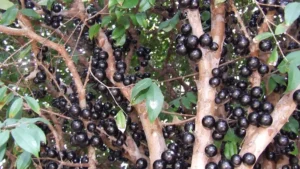

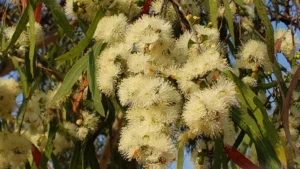
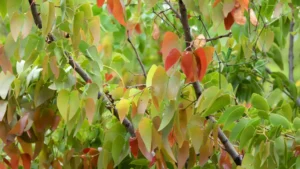

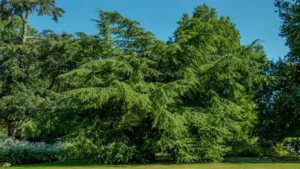
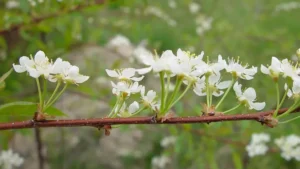


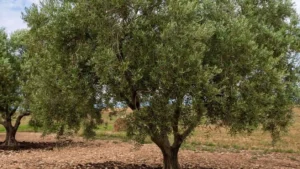
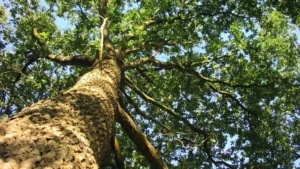

why Malapapaya is Least concern
amadine
December 12, 2024 2:11 pm